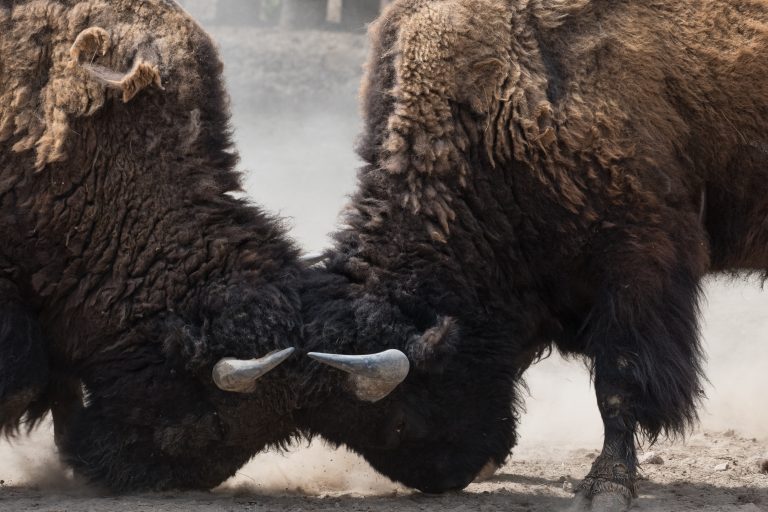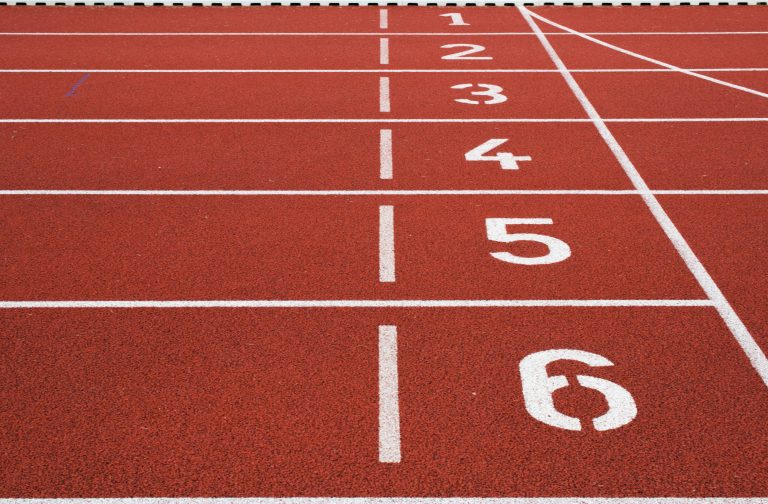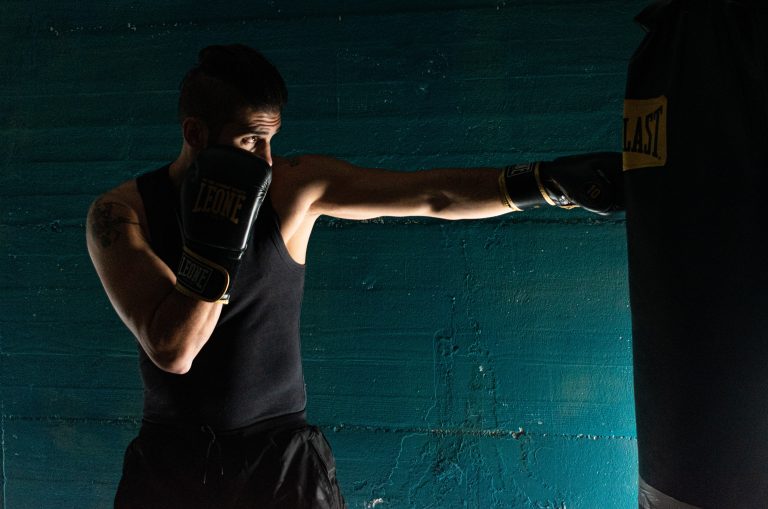The 10 Best Karate Training Methods for Strength Building
Karate is a dynamic martial art that requires a combination of strength, agility, and technique. To excel in this discipline, it is crucial to adopt training methods that not only develop technique but also strengthen your body. In this blog post, we will look at the ten best karate training methods for strength building.
1. Weight Training
Weight training is a vital component of karate training. It involves lifting weights and strength training exercises to build the muscles in your body, which are necessary for developing strength, speed, and power. The focus should be on compound exercises, such as bench press, deadlifts, squats to develop overall body strength.
2. Resistance Training
Resistance training involves using resistance bands or bodyweight exercises to build muscle strength. It is an excellent alternative to weight training as it is low-impact and does not require equipment. Resistance training is beneficial for building core strength and improving balance and stability.
3. Plyometrics
Plyometric training involves explosive movements such as jumping, bounding, and skipping. It helps in building explosive power, which is crucial in karate as it requires quick and powerful movements.
4. Calisthenics
Calisthenics is a form of bodyweight training that helps in building strength, agility, and endurance. It is also an excellent way to warm up before a karate training session. Calisthenics exercises include pushups, squats, lunges, and sit-ups.
5. Cardiovascular Training
Cardiovascular training helps in building endurance and stamina, which are crucial for karate training. Cardiovascular exercises include running, swimming, cycling, and jumping jacks.
6. Core Training
Core training focuses on strengthening the ab and back muscles that support the spine. It is crucial to develop a robust core as it improves balance, stability and reduces the risk of injuries. Core training exercises include crunches, planks, and leg raises.
7. Shadow Karate
Shadow karate is a training method that involves performing karate moves without any equipment or partners. It develops muscle memory, improves technique, and helps in building endurance.
8. Partner Training
Partner training involves working with a partner to practice karate techniques. It helps in developing speed, timing, and accuracy while also working on the strength and techniques required for specific moves.
9. Bag Training
Bag training is a training method that involves punching and kicking bags to develop strength and technique. It helps in building the muscles required for delivering powerful punches and kicks.
10. Sparring
Sparring is a training method that involves practicing karate techniques with a partner in a controlled environment. It helps in developing technique, timing, and accuracy while also building strength and endurance.
Conclusion
Karate is an excellent martial art that requires a combination of strength, agility, and technique. To excel in this discipline, it is essential to adopt training methods that build strength, endurance, and technique. The ten training methods discussed in this blog post are effective and adaptable to suit anyone’s fitness level. Incorporate them into your training regimen and see the results for yourself.
The 10 Best Karate Training Methods for Strength Building: Frequently Asked Questions
Karate is one discipline that requires strength, endurance, and mental toughness. For anyone looking to build their martial arts skills, a solid foundation in strength training is essential. Karate strength training can be achieved through several means, and there are many exercises and techniques that a practitioner can use to improve their overall strength. Here are the ten best karate training methods for strength building along with some of the frequently asked questions.
1. How important is strength training in karate?
Strength training is a crucial part of any martial art program and should be taken seriously. Building muscular strength not only helps with delivering powerful strikes but also enhances endurance and explosiveness. Without appropriate strength training, a practitioner could fail to generate the required power to execute their techniques, limiting their overall effectiveness in karate.
2. What is the difference between traditional karate strength training and modern strength training?
Traditional karate strength training involves the use of bodyweight exercises, such as push-ups, sit-ups, and squats. In contrast, modern strength training uses free weights, resistance machines and other training tools. Traditional training is still essential as it helps to maintain balance, enhance flexibility while moder training seeks to increase muscle mass, strength, and explosiveness.
3. What are some bodyweight exercises that can be incorporated into a karate training program?
Bodyweight exercises such as push-ups, chin-ups and squats are great for building strength, and can easily be incorporated into a karate training program. To make them more challenging, add variations such as diamond push-ups, pull-ups, and pistol squats.
4. Can weight training make karate practitioners slow?
Weight training can decrease mobility if not done correctly. Overworked or inadequately trained muscles can lead to reduced speed and flexibility, which is counterproductive. Therefore, it’s best to work on functional strength and follow a well-planned weight training program that is specific to the needs of a karate practitioner.
5. What are compound exercises?
Compound exercises are strength-building movements that involve multiple muscle groups while executing a single exercise. These exercises include squats, deadlifts, bench press, and overhead press. Compound exercises benefit karate practitioners because they help build functional strength throughout the body, making it easier for them to execute techniques.
6. What is plyometric training?
Plyometric training is a type of exercise that aims to improve power and explosiveness. It involves rapid stretching and contracting of the muscles. Examples of plyometric exercises include box jumps, jump squats, and burpees. Karate practitioners can benefit from plyometric training exercises as they improve their explosive power and enhance their agility.
7. Can yoga be incorporated into a karate training program for strength building?
Yes, yoga is an excellent addition to any karate training program. Yoga can help enhance flexibility, core strength, breathing, and balance. Yoga poses like the warrior pose, downward dog, and triangle pose can help develop strength in the legs, core, and back muscles necessary for karate.
8. How does resistance training help in karate?
Resistance training exercises strengthen the muscles necessary for delivering powerful kicks and punches. Regular resistance training helps to build strength, explosive power and enhances endurance. Examples of resistance training exercises to include in a karate training program include cable pulls, dumbbell bench press, and weighted squat jumps.
9. What role does cardio training play in strength building?
Cardio training plays a vital role in improving endurance and cardiovascular fitness, essential for delivering sustained power in a karate bout. Cardio exercises also help with weight management, reducing the likelihood of injuries, and improving overall fitness. Examples of cardio exercises include running, jumping jacks, and cycling.
10. How often should a karate practitioner train for strength building?
It’s recommended for karate practitioners to strength train at least 2-3 times a week. This provides the appropriate time for rest and recovery, allowing the muscles to grow and recover adequately. Consistent training, good nutrition, and adequate rest are all essential to achieving optimal strength and performance.
Conclusion
Karate strength training is crucial to becoming a successful martial artist. While there are various methods a practitioner can use to improve their strength, consistency, and planned programming is crucial for optimal success. Incorporating bodyweight exercises, compound exercises, plyometric training, resistance training, cardio, and yoga can all help improve muscle strength, endurance, explosiveness, and overall performance. By diligently following the recommended karate training methods for strength building, any karate practitioner can build a strong foundation, deliver powerful strikes, and achieve overall martial arts excellence.
Inhaltsverzeichnis






